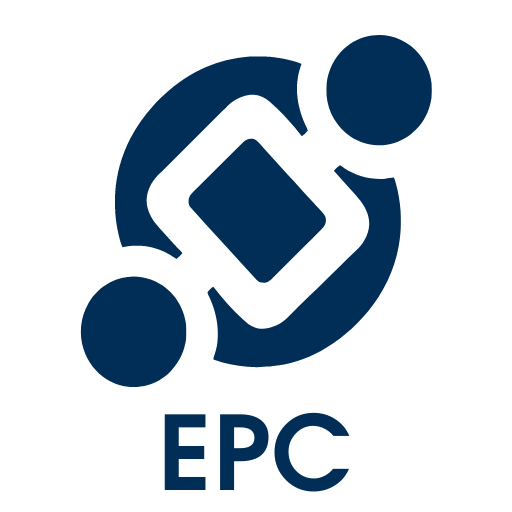Once the user has opened up a Word document, tags must be added in order for information from a process to appear in the SOP document. The syntax used to include the tags can be found at https://docxtemplater.com/. This section will explain how to use the syntax with the appropriate tags.
Where Does the Information Come From?
When an user generates an SOP, the tags in the Word document are replaced with information coming from the EPC.
For example, if the user wishes to include the version of the process, the tag {version} must be inserted into the Word document. When the SOP is generated, the EPC will find the {version} tag and replace it with the appropriate version number.
Displaying Information
To display information, the name of the object from which we want the information from must be specified. Referring to to the block of code above, if we want the name of the role associated to a process, we have to specify from which object it is coming from. However, that object can also belong to another object at a higher level, which also must be specified. So in short, to display the name of the role, the syntax is as follows:
{#Object}{#Process}{#role}{name}{/role}{/Process}{/Object}
Where the “#” indicates the start of a loop and “/” indicates the end of the loop. Therefore, if a process had “Production Manager” and “Quality Analyst” assigned to it, when the document is generated, you will see “Production Manager Quality Analyst” where the tags were inserted.



Laissez votre avis sur ce sujet.